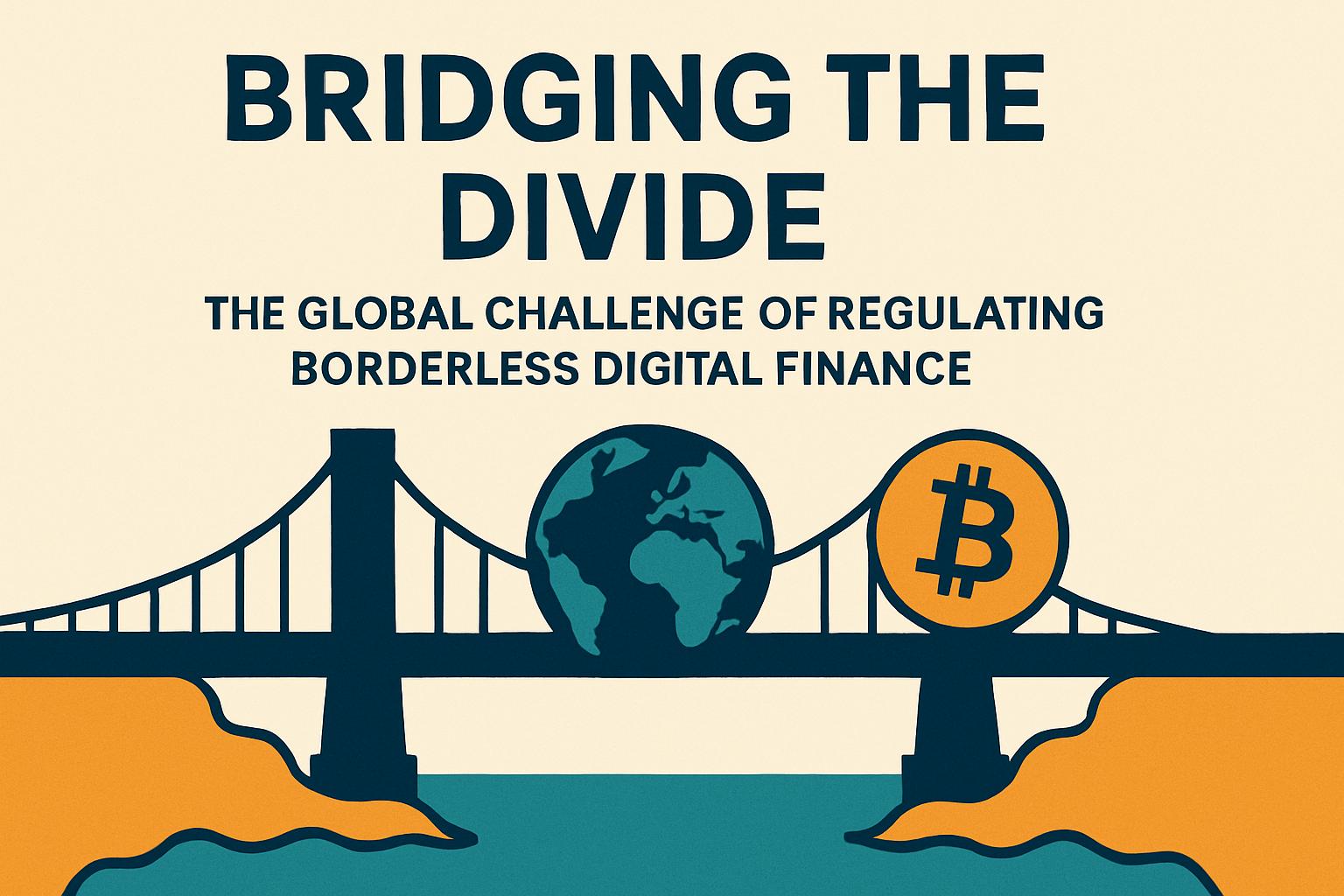In today’s rapidly advancing world of blockchain, artificial intelligence, and cloud technology, the global financial ecosystem is undergoing a profound digitization and globalization. Yet, a significant hurdle lies on this path: the gap between borderless digital finance and localized regulatory frameworks. Peter Kerstens, an EU Commission advisor hailed as the father of the Markets in Crypto-Assets (MiCA) regulation, recently stated that while technology has surged ahead, regulation remains stuck in a bygone era, posing a universal challenge for nations.
An Unceasing Digital Finance Sphere, a Stationary Regulatory Pace
Digital financial systems now operate around the clock, with funds flowing across borders instantly and without geographic limitations. However, national regulatory policies lag behind, struggling to keep pace with technological advancements. This discrepancy not only creates regulatory gaps but also introduces risks for consumers and financial markets.
Kerstens bluntly put it: “Bridging the chasm between global digital finance and local regulation is the challenge for future international supervising bodies.”
MiCA: The World’s Most Comprehensive Crypto Regulatory Framework
The European Union’s MiCA regulation, passed in 2023, is touted by Kerstens as the most complete crypto regulation globally. It was initiated sooner and covers more ground than the US’s pending GENIUS Act.
MiCA sets forth four principal objectives:
- Provide legal certainty, ensuring crypto-assets no longer reside in a gray area.
- Protect investors and consumers by enhancing transparency and accountability mechanisms.
- Maintain financial stability by reducing potential systemic risks.
- Support and foster innovation within a compliance framework to encourage technological development.
Dual Regulations for Issuers and Service Providers
MiCA divides crypto market regulation into two main segments:
Issuer Regulation
All crypto-asset issuers, including Bitcoin and Ethereum, must publish a white paper detailing technical specifics, supply, and holder rights. The law prohibits exaggerated investment returns or appreciation promises. Stablecoins, like USDT, must receive approval and comply with capital and prudential standards to ensure full redemption at face value.
 Service Provider Regulation
Service Provider Regulation
Exchanges, custodians, brokers, advisors, and asset managers are required to obtain licenses, meet capital requirements, and follow operational standards. Since most users interact with markets via service platforms, investor protection emphasizes this area.
The EU’s “Single Passport”: Compliance Once, Access 27 Nations
A standout feature of MiCA is the EU’s unique “single passport” system. Obtaining a MiCA license in one member state grants access to the entire EU market, reaching 450 million people.
While initial compliance costs are high, it substantially lowers cross-border legal and administrative barriers in the long run, making it highly attractive for businesses aiming to expand in Europe.
Challenges in Legislation and How the EU Overcomes Them
Kerstens acknowledges MiCA’s journey wasn’t smooth, as the EU faced four key challenges:
1. Education gaps and scarcity of skilled professionals
In early legislative stages, most policymakers were nearly ignorant of concepts like blockchain, wallets, and zero-knowledge proofs, necessitating groundwork in education and promotion.
2. Ambiguous policy directions
The EU debated whether to prioritize “consumer protection first” or “embrace innovation first.” Lack of consensus risked stalling legislation in technical details.
3. Coordination between multiple interests
With 27 member countries and 700 legislators representing diverse interests and cultures, coordination was arduous. However, compromise was essential to crafting a framework functional across borders.
4. Shifting mindsets and cultures
Fintech innovation drives “speed,” while regulatory emphasis is on “stability.” Balancing these to avoid repeating 2008’s financial crisis was a legislative red line continually addressed.
Legislation is Only the Beginning; Attitude Determines Implementation
“No regulatory framework, regardless of perfection, can be effective without the right attitude,” Kerstens believes. The willingness of regulatory bodies to support innovation and the honesty of industries in compliance are crucial to the real-world application of regulations.
Similarities Emerge Between Taiwan’s Draft and MiCA: A Cross-Border Trend
Kerstens also noted Taiwan’s recent crypto-asset regulation draft shows remarkable parallels with MiCA, reflecting a trend across countries facing the same technologies and risks that lead to similar conclusions.
Globally, regulatory landscapes appear in a “tripartite rivalry”: the United States, as innovation’s frontrunner; Asia, adept in adaptation and implementation; and Europe, focusing on rule-making.
Though each plays a different role, they ideally form a complementary triad. Kerstens concludes, “The future of finance is digital and borderless; trust and regulation must remain localized. Through cross-border coordination, we can create a stable yet innovative financial new world.”
This article Bridging the Divide: The Global Challenge of Regulating Borderless Digital Finance was originally published on ChainNews ABMedia.

![[News] Bitcoin at a Turning Point? 10x Research Signals a Bullish Macro Shift Ahead](https://cryptoexplores.com/wp-content/uploads/2025/06/new20250616.jpg)
![[News] Binance Lists $HOME, the Gas-Free, Bridge-Free All-in-One DeFi App](https://cryptoexplores.com/wp-content/uploads/2025/06/news20250617.jpg)